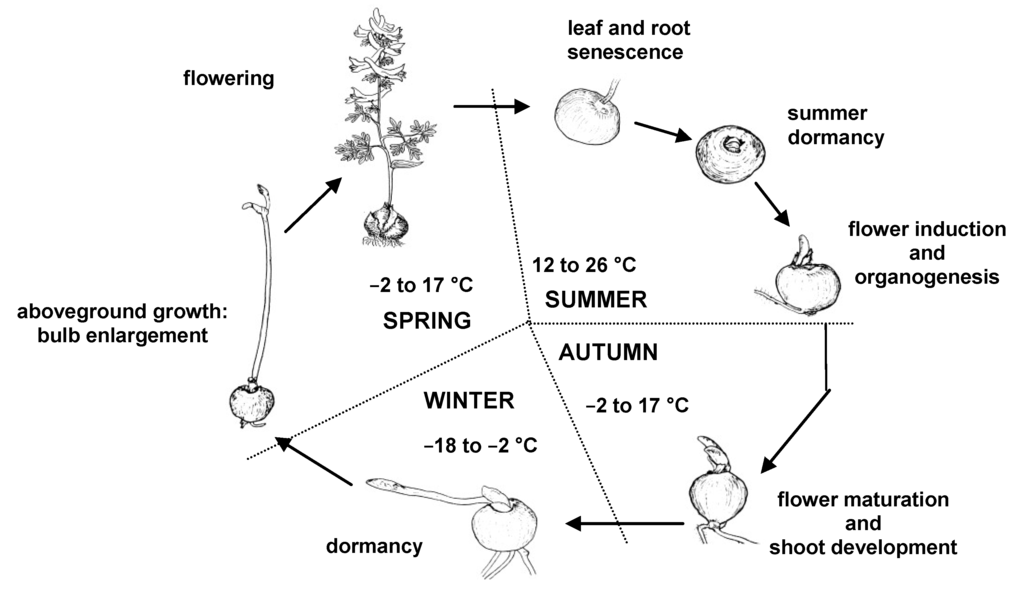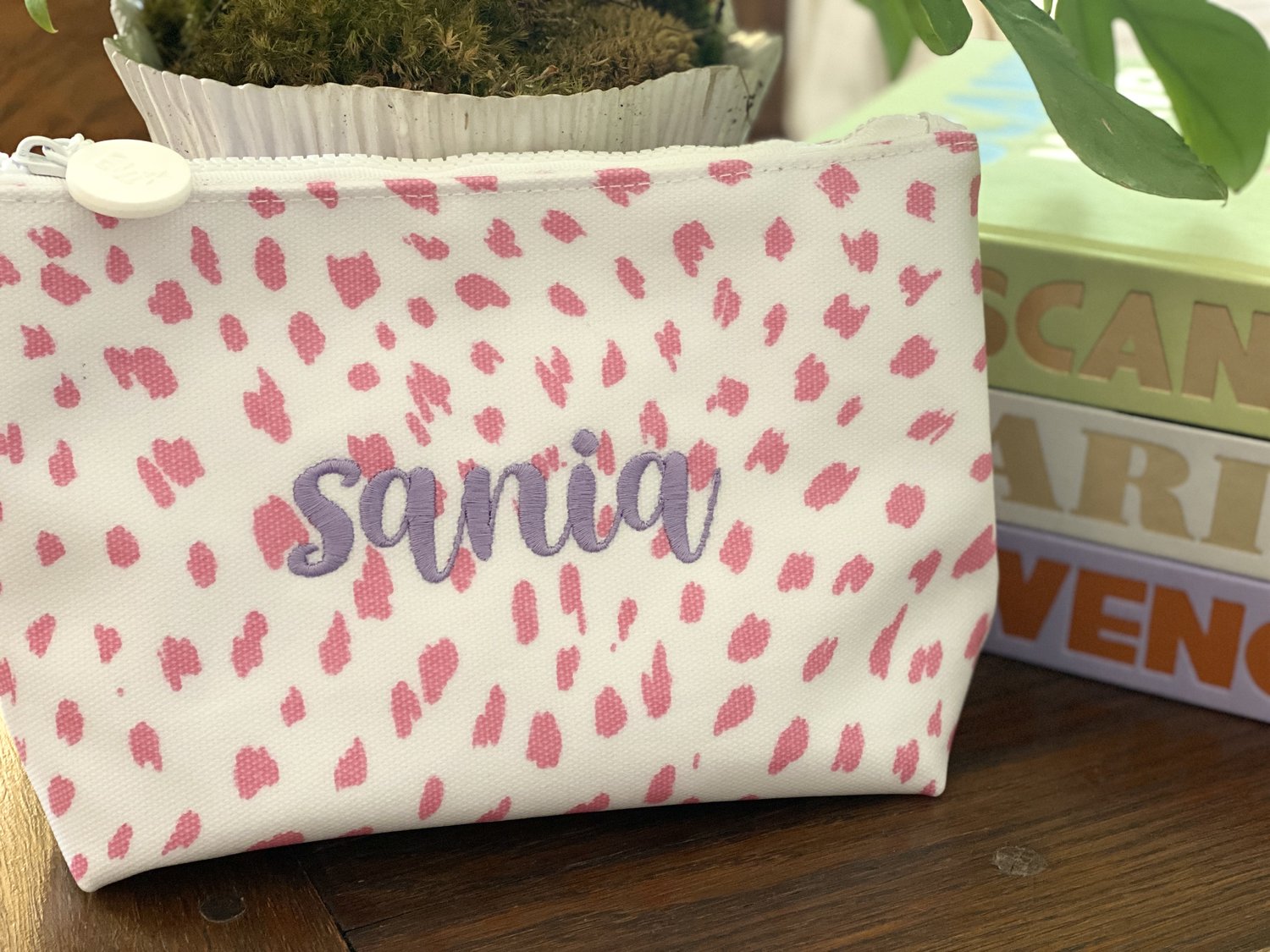Plants, Free Full-Text
Por um escritor misterioso
Last updated 23 dezembro 2024

Dermatological ailments are a major health problem, especially when related to human immune deficiency syndrome and acquired immune deficiency. The goal of this study was to identify the medicinal plants used by the indigenous peoples of the Northwestern Himalayas to treat dermatological diseases. Several field trips were conducted in the spring and summer seasons of 2020–2021 to collect the plants of dermatological value and information about their use through open-ended semi-structured interviews (n = 53) and group discussions (n = 33). The current investigation found 64 ethnomedicinal plants belonging to 34 families commonly used to treat a variety of dermatological ailments. The main growth form was herbs (80%), followed by trees (8%) and ferns (6%). It was found that leaves (51%) were the most commonly used plant part, followed by roots and the whole plant. Wound healing was the most dominant application, with 18 plant species used, followed by skin burns cured by 11 plant species and skin boils by eight plant species. Out of the total (18%) of medicinal plants with cosmetic uses, i.e., roots of Jurinea dolomiaea, Rheum webbianum, and Rheum spiciforme were crushed into powder and mixed with turmeric, and the paste is applied topically for glowing skin. Among the various preparation methods, paste (38%) was the most common way of preparation, followed by poultice (29%) and infusion (9%). Between ethnic groups, the maximum homogeneity was between Gujjar and Bakarwal ethnic groups (23 species, 36%), followed by Gujjars and Kashmiri (14 species, 22%). Bakarwals and Gujjar people live in the same geographical location, and they graze their animals in pastures, practice extensive transhumance pastoralism, and pass through different ecological landscapes, thus having sufficient experiences with certain plants and retaining more knowledge. The species identified with the highest utilization based on the number of citations and use value included Ficus carica, Cichorium intybus, Euphorbia wallichii, Pinus wallichiana, Plantago major, Jurinea dolomiaea, and Artemisia absinthium. The findings of this study demonstrate that people who reside in the Northwestern Himalayas region still rely on medicinal plants.

Plants, Free Full-Text

Arabica Coffee Plant / 4 Pot / Live Plant / FREE Care Guide

Thames & Hudson USA - Book - Edible: 70 Sustainable Plants That

Plant your Clothing Tag! – Acorn Hills

Happy Birthday Box, Custom Tumbler Gift Box, Candle Gift Box

Printable Plant Journal With Printable Plant (Download Now)

FREE FULL TEXT PDF - Pakistan Journal of Botany

Printable Planner plus Free Stickers, Plants Planner, PDF

Free Short and Sunny Pollinator Garden Design — Blazing Star Gardens

Free Course: Growing Plant Animation Full Tutorial in Blender 3.0
Recomendado para você
-
 CHIC VEN Women Sweatshirts Loose Hoodies Streetwear Casual Letter23 dezembro 2024
CHIC VEN Women Sweatshirts Loose Hoodies Streetwear Casual Letter23 dezembro 2024 -
 Spot On! Cosmetic Bag — Bella Latella Monograms23 dezembro 2024
Spot On! Cosmetic Bag — Bella Latella Monograms23 dezembro 2024 -
 Ari Telch en: Dmente - Various events23 dezembro 2024
Ari Telch en: Dmente - Various events23 dezembro 2024 -
 71 Photos & High Res Pictures - Getty Images23 dezembro 2024
71 Photos & High Res Pictures - Getty Images23 dezembro 2024 -
 Mark of the beast in WoW from Ven'ari - General Discussion - World23 dezembro 2024
Mark of the beast in WoW from Ven'ari - General Discussion - World23 dezembro 2024 -
 Stream Ariosto Vidal Listen to ari playlist online for free on23 dezembro 2024
Stream Ariosto Vidal Listen to ari playlist online for free on23 dezembro 2024 -
 This Past Weekend w/ Theo Von: Ari Shaffir on Apple Podcasts23 dezembro 2024
This Past Weekend w/ Theo Von: Ari Shaffir on Apple Podcasts23 dezembro 2024 -
 Verstappen narrowly misses target according to Horner: 'Missed23 dezembro 2024
Verstappen narrowly misses target according to Horner: 'Missed23 dezembro 2024 -
 𝐓𝐡𝐞𝐂𝐚𝐩𝐩𝐞𝐫𝐬𝐂𝐨𝐥𝐥𝐞𝐜𝐭𝐢𝐯𝐞 on X: 🚨🚨 DO THAT23 dezembro 2024
𝐓𝐡𝐞𝐂𝐚𝐩𝐩𝐞𝐫𝐬𝐂𝐨𝐥𝐥𝐞𝐜𝐭𝐢𝐯𝐞 on X: 🚨🚨 DO THAT23 dezembro 2024 -
 Ven-Arts - Student, Photographer23 dezembro 2024
Ven-Arts - Student, Photographer23 dezembro 2024
você pode gostar
-
 The Pirate - Download do APK para Android23 dezembro 2024
The Pirate - Download do APK para Android23 dezembro 2024 -
 Comidinhas e Coisinhas: PIZZA SICILIANA COM BACON E CEBOLA (SFINCIONE)23 dezembro 2024
Comidinhas e Coisinhas: PIZZA SICILIANA COM BACON E CEBOLA (SFINCIONE)23 dezembro 2024 -
Czech Open Pardubice EN23 dezembro 2024
-
 Assistir Isekai de Cheat Skill wo Te ni Shita Ore wa, Genjitsu Sekai wo mo Musou Suru: Level Up wa Jinsei wo Kaeta - Dublado ep 11 - Anitube23 dezembro 2024
Assistir Isekai de Cheat Skill wo Te ni Shita Ore wa, Genjitsu Sekai wo mo Musou Suru: Level Up wa Jinsei wo Kaeta - Dublado ep 11 - Anitube23 dezembro 2024 -
 Norm of the North - Wikipedia23 dezembro 2024
Norm of the North - Wikipedia23 dezembro 2024 -
BOB ESPONJA AGIOTA (@esponja_agiota)23 dezembro 2024
-
Carmen Kass by Jean-Baptiste Mondino for the cover of Vogue Paris, October 1999 wearing Dolce & Gabbana Fall 1999 🦋 Ensemble plus shoes &…23 dezembro 2024
-
gatinhosfofinhos🐱 #gatosengracadostiktok #gatosengraçados #tentenaor23 dezembro 2024
-
Pensilva Plenty of cars at the bottom of Gold Diggings quarry23 dezembro 2024
-
![(NEW-UPDATED) FREE ROBLOX ROBUX CODES GENERATOR 2023 [AZU] - St. Louis Post-Dispatch Events](https://cdn.prod.mktg.evvnt.com/uploads/event_image/2001365/event_image/hero_1699963595271.webp) (NEW-UPDATED) FREE ROBLOX ROBUX CODES GENERATOR 2023 [AZU] - St. Louis Post-Dispatch Events23 dezembro 2024
(NEW-UPDATED) FREE ROBLOX ROBUX CODES GENERATOR 2023 [AZU] - St. Louis Post-Dispatch Events23 dezembro 2024




